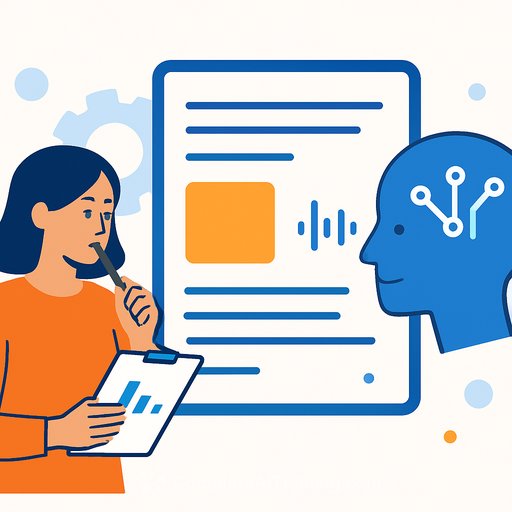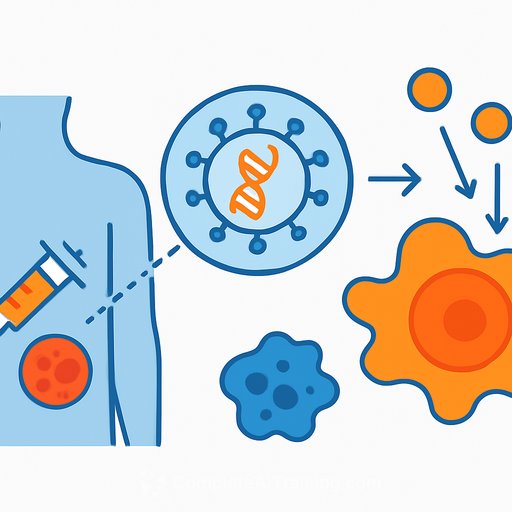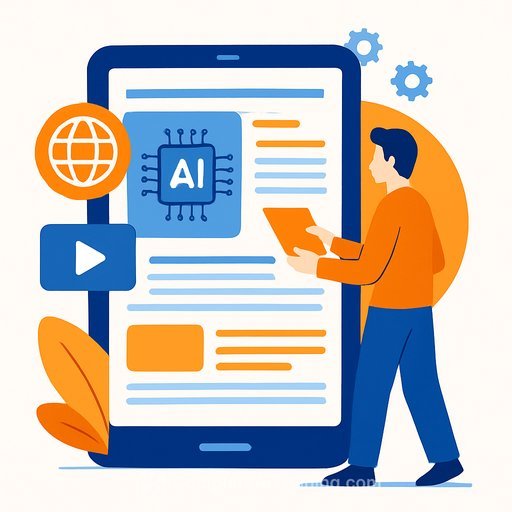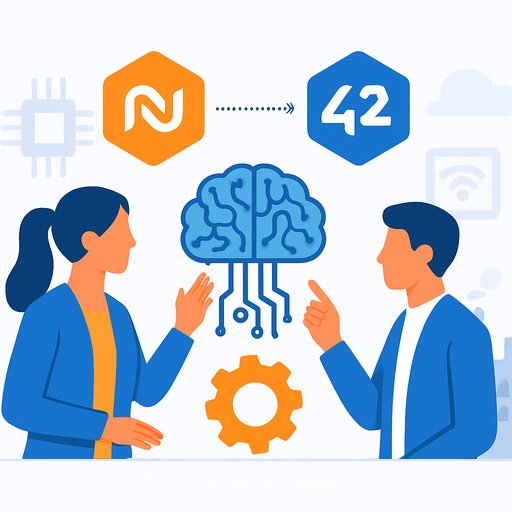Your Company's Survival Hinges on This Gen AI Learning Tactic
Product teams are under pressure to ship faster, with fewer resources, and higher quality. Gen AI can help, but dropping tools on people and hoping for the best creates busywork, not outcomes. The move that actually sticks: a phased learning rollout that starts small, proves value, then scales with intent.
Why a phased rollout works for product development
Skills, workflows, and data maturity vary across squads. A phased approach meets teams where they are, reduces risk, and builds momentum through clear wins. Start with a tight pilot, iterate based on feedback, then expand once the playbook is repeatable.
Where to run your first pilots
- Product discovery: Summarize customer interviews, cluster themes, and draft problem statements.
- Roadmap insights: Analyze support tickets, reviews, and sales notes to surface patterns and prioritize.
- Spec creation: Draft PRDs, user stories, acceptance criteria, and edge cases from product briefs.
- Design and UX: Generate flows, copy variants, and micro-interactions for quick tests.
- Prototyping and code: Build throwaway prototypes, scaffolding, and test suites faster with AI assistants.
- QA: Create test cases, fuzz inputs, and summarize defects to speed verification.
A straightforward 8-week pilot plan
- Week 0 - Pick one squad with high impact and strong change appetite. Define 2-3 use cases.
- Week 1 - Set KPIs (cycle time, PRD lead time, experiment velocity). Establish data and review guardrails.
- Weeks 2-3 - Run a hands-on bootcamp. Practice prompts, critique outputs, and set "done" standards.
- Weeks 4-6 - Embed AI into rituals: backlog grooming, spec reviews, design critiques, test planning.
- Week 7 - Measure results, capture playbooks, and collect feedback.
- Week 8 - Share outcomes, decide go/no-go to scale, and prioritize the next two teams.
Metrics that matter for product teams
- PRD lead time: Draft to approved.
- Cycle time: Idea to shipped experiment.
- Experiment throughput: Tests run per sprint.
- Quality: Defects per release, escaped bugs, test coverage.
- Customer signal: Time to insight from raw feedback; ticket resolution time.
- Adoption: % of ceremonies using AI, prompt library reuse, output acceptance rate.
Build the program in phases
- Assess readiness: Tools, data access, and skills. Identify gaps early.
- Set clear goals: Tie training to business outcomes (faster specs, more experiments, fewer bugs).
- Create role-specific content: PMs, designers, engineers, QA each get workflows and prompts they can apply immediately.
- Provide support: Office hours, internal champions, and a living prompt library.
- Measure and refine: Short surveys, KPI reviews, and quick tweaks every sprint.
- Scale deliberately: Expand to adjacent teams, adjust content, and keep feedback loops alive.
Make it safe and responsible
Set guardrails before scale: data handling rules, human-in-the-loop reviews, and documented approval paths for shipped artifacts. Use established guidance like the NIST AI Risk Management Framework and the OECD AI Principles to reduce blind spots.
Leadership's job
- Fund the pilot and protect time: Treat this like a product bet with owners, milestones, and reviews.
- Model usage: Use AI in your own reviews and updates. Behavior beats memos.
- Tie to strategy: Connect outcomes to velocity, quality, and customer value-not tool usage.
- Set ethics and compliance standards: Privacy, bias checks, auditability, and escalation paths.
Practical resources to speed this up
- Role-based AI courses to upskill PMs, designers, engineers, and QA with workflows they can apply this sprint.
- Latest AI courses for teams piloting new use cases or tools.
Bottom line
Start with one squad, a few high-leverage use cases, and tight metrics. Prove the gain, document the playbook, then scale. That's how product teams turn Gen AI from "interesting" into compounding delivery speed, sharper insights, and better releases.
Your membership also unlocks:






